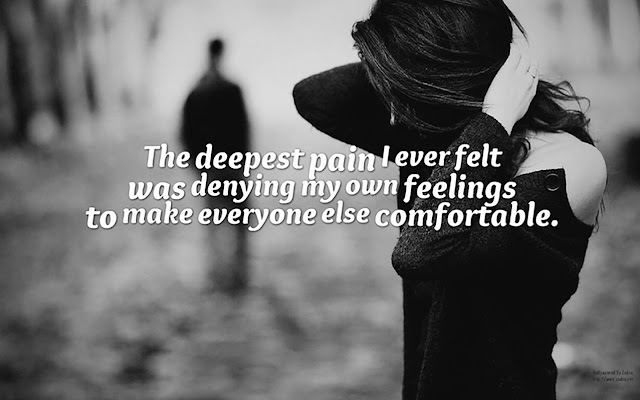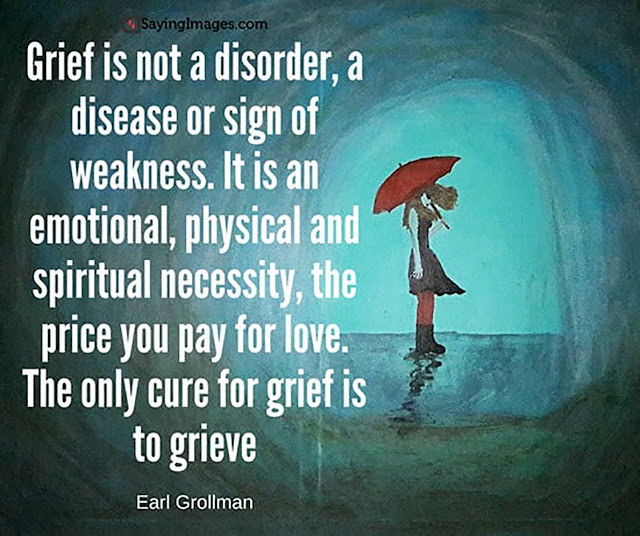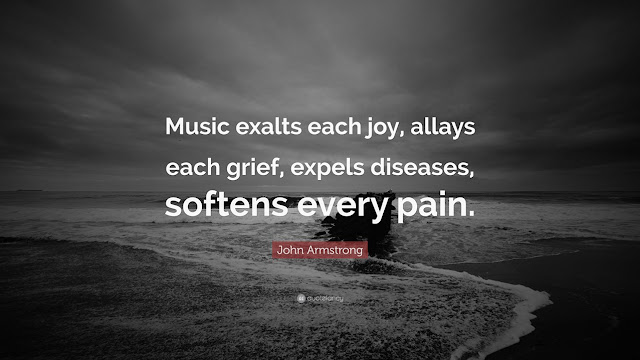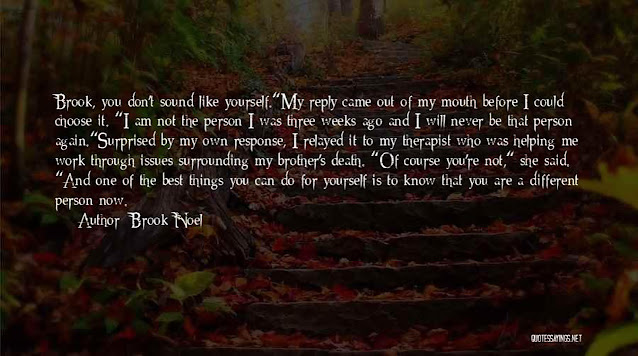By Jan S. Gephardt
A whole cluster of holidays happen during what is for the Northern Hemisphere a season of harvest and winter’s onset. The common thread that weaves through them all is dealing with death.
I’ve written about Halloween/Samhain, Día de los Muertos, All Saints Day, and All Souls Day on this blog in the past. Indeed, my “Virtual Ofrenda” is one of my most enduringly popular posts. Through them all, I’ve kept coming back around to similar themes.
Dealing with death is hard. It’s sad. Terrifying. Inevitable for all of us. Death is as much a fact of life as birth, but we—and especially my fellow Americans, as a culture—have trouble dealing with death.
 |
| Design by Jan S. Gephardt (other credits below). |
A Culture of Insulation from Death
Americans are really bad at this whole “dealing with death” thing for cultural reasons. Our culture worships youth, wealth, and personal autonomy (Especially for cis white guys; many politicians make exceptions on the “autonomy” front, when it comes to liberal voters, brown people, and “lady parts”).
But there is no autonomy over death. It ends youth. It disregards wealth. We Americans fundamentally don’t know what to do with that.
In what we call “the developed world” of today, people have become adept at insulating ourselves from death, but even so, there are variations. Sixty percent of Americans die in hospitals, while another 20% die in nursing homes. Compare that to the UK, where in 2019 47% died at home. The rates throughout the EU vary, but generally at least 10% more die at home than Americans.
American families overwhelmingly allow other people—professionals—to handle their dead. We even have laws to enforce that division of labor. There’s nothing wrong with legal standards meant to ensure public health standards and an absence of foul play in the manner of death. But it serves to place death off-stage, out of sight.
 |
| (Enkiquotes). |
A Middle-Ground for Grief
A culture that allows no room for dealing with death gives poor service both to the dying and to their loved ones. At the time I’m writing this, nearly 750,000 American families are dealing with deaths of loved ones lost due to COVID. (We rank 13th in the world for deaths per capita). And those are “excess deaths,” beyond the natural attrition rate. Heartbreaking numbers couldn’t be with their loved ones when they died. Many have been forced by the pandemic to put off holding any but the smallest funeral services.
If ever a nation needed to grieve, we do. But for many decades, American culture has been impatient with grief. If an employee gets any paid leave at all for bereavement, in the US it’s typically only 3-7 days, and usually varies, depending on the “degree” of the relationship. There is no national standard, so each business gets to set its own rules.
 |
| (Quotefancy). |
Dealing with Death Takes as Long as it Takes
As if there’s a statute of limitations on grief, after which we should be “over it.” Grief over the death of someone significant in our lives isn’t an even-paced or predictable process. Fact is, we don’t ever “get over it,” because our much-missed loved one stays dead.
It’s a truism that we don’t get over it, we get through it and bring our love along with us. All grief is a process of recovery from loss, and it takes a heck of a lot longer to recover than 3-7 days, or two months, or even two years in many cases. It has been more than 15 years since my mother died, but I still sometimes miss her, or wish I could share something, or ask her about something. I’ve gone “through” my grief over her death, but I still love and miss her. I always will. Getting “over it” is an impossible ask.
There’s help for grief. There are rituals, such as funerals, memorials, and days of remembrance. Veterans Day, coming next week, is such a day. As are the just-past Día de los Muertos, All Saints, and All Souls Days. There are grief counseling services. And there is art.
 |
| (SayingImages). |
Dealing with Death Through Art
I don’t only mean art therapy, although that is often extremely valuable. My point is that any of the arts can help us work through grief. Artists, writers, musicians and practitioners of many other arts will tell you (if they’re honest) that there’s a strong element of mental health therapy involved in practicing their art. But the benefits hold for viewers, readers, and listeners, too.
How often have you discovered a particular piece of music that says just what you’re feeling? A recently-released example that I dearly love (on the subject of trials and loss, by the way) is Merry Clayton’s Beautiful Scars. I’m sure you could name a favorite, too. “Music hath charms to soothe a savage breast,” as William Congreve noted in 1697. It still works that way today.
Visual artists through the ages have grappled with grief and loss as well. And if you think about it, every story, at its core, is about some form of death that threatens the protagonist. The protagonist must face physical death, professional death, or spiritual death. Sometimes two of those, or even all three. The stakes in a well-constructed story are high. Reading about fictional characters’ struggles can help readers deal with their own trials and tests.
 |
| (Quotefancy). |
Dealing with Death on Rana Station
As it happens, my current work-in-progress spends more time dealing with death than the previous books. Yes, every mystery story starts with a murder. And in the course of my science fiction/mystery trilogy so far, protagonist XK9 Rex and his friends are now working to solve two mass-murders. Rex and his human partner Charlie each have also had their own near-death experiences (SPOILER ALERT: by the end of Book Two they’re both still alive, although it was a very near thing).
Writing this book also has led me to ask questions. What memorial practices one would develop in a space-based habitat with limited land? Especially when nearly all the available land must be devoted to living space or agriculture, and the people come from diverse backgrounds?
Science fiction authors and filmmakers have come up with many ways to have funerals (Star Trek alone has quite a list). But none of them are located in an environment like Rana Station. I’m still working on ideas, but I’ll figure it out. I’ve come to believe that fictional funerals, like all other life-experiences reflected in art, have a role to play.
 |
| (QuotesSayings). |
A Glimpse in A Bone to Pick
Perhaps you’ve read A Bone To Pick. If you remember the Memory Garden with the roses and the water feature, you’ve glimpsed a small part of the Ranan system for dealing with death. Even on Rana Station, a place several readers have told me they love to go, there’s no escape from it.
Yes, dealing with death is hard. It’s sad. Terrifying. Inevitable. It transforms us in ways we can’t anticipate. And once we’ve gone through a season of grief, we’re never the same again.
But we ignore our emotions, we deny our grief, and we turn away from death’s reality at a steep and dreadful cost. If my stories can offer some brief moment of peace or insight, some small step forward along the way, then I will feel blessed indeed. Because we’re all of us fellow travelers on that road of dealing with death. We owe it to each other to share the load if we can.
IMAGES
First of all, many thanks to Fidel Martínez and his newsletter, “The Latinx Files,” where I found the words I quoted about his Día de los Muertos experience. Many thanks also to “tabitazn,” of 123rf, for the background image.
I also want to thank Enkiquotes for the unattributed quote-image about the pain of hiding emotions. Deepest gratitude to Quotefancy, not once but twice: For the Joan Didion quote about the nature of grief, and for the John Armstrong quote about the power of music. Thank you to SayingImages (via Shine on Counseling) for the Earl Grollman quote about grief. And finally, many thanks to Quotessayings, for the quote from Brook Noel.
No comments:
Post a Comment